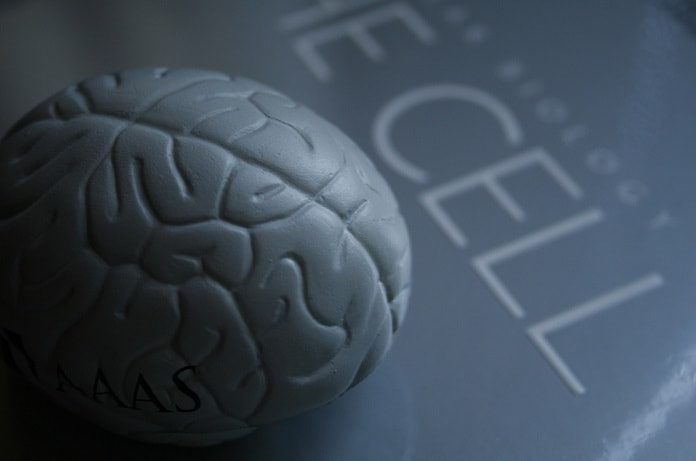Deep brain stimulation (DBS) is indicated for the treatment of many intractable neurological illnesses such as Parkinson’s diseases, Tourette’s syndrome, and obsessive compulsive disorder. It has also been used in experimental trials for treatment of major depression, stroke recovery, and several other conditions. DBS represents a widely applicable treatment for many neurological diseases but it can be both invasive and expensive, limiting its use among certain populations. A recently published article in Cell discusses a new method that has the potential to completely change how DBS is applied.
There are several ways in which DBS can be implemented, each with their own advantages and disadvantages. One method requires an electrode to be surgically guided into the affected region of the brain where it can stimulate specific cells accurately. Another less invasive method places the electrode at a more superficial sight and a transcortical stimulation is applied so more non-target cells will be affected which can have undesirable outcomes in certain cases. The theme with DBS use is that there is a trade-off between invasiveness and accuracy which can impact the patient’s recovery or quality of life. Using a mouse model and a deep understanding of physics, researchers developed a method called temporal interference (TI) that provides accuracy and minimal invasiveness.
Previous research has shown that certain neurons will fire in response to specific frequencies of electric stimulation, this means that there are frequencies that are too high or too low to elicit any response from a neuron. Researchers discovered that when two electromagnetic fields with slightly differing frequencies interfere with each other, a third electromagnetic field with a lower frequency called the envelope modulation is created. This envelope modulation frequency, depending on the original 2 interfering electromagnetic field frequencies, is within a range that can stimulate neurons. For instance, 2 kHz and 2.01 kHz frequencies are too high to stimulate neurons, but by having the electromagnetic fields creating these frequencies interfere with each other an envelope modulation frequency of 0.01 kHz or 10 Hz is created. This is the basis of TI.
Researchers first tested this on the mouse somatosensory and motor cortices which are superficial brain regions close to the skull. By recording target neurons and analyzing biomarkers of nearby cells, researchers discovered that this method was accurately delivering stimulation to target cells without affecting surrounding cells. Further analysis revealed that there were also no long term changes to nearby non-target cells.
Because many neurological diseases, such as Parkinson’s disease, involve deep brain areas, researchers assessed whether or not this envelope modulation could be delivered to the mouse hippocampus located deeper in the brain. By moving the electrodes they were able to move the location as well as the frequency and amplitude of the envelope modulation. Even more fascinating, when the electrodes were kept in place but the frequency and amplitude of the envelope modulation were changed directly they were able to move the location of the envelope modulation stimulation. This is a very important finding because physically moving electrodes is very invasive compared to just changing the envelope modulation.
More research must be done to verify the results and assess whether this technique is applicable to the human brain. Regardless of the fact that this is still very much in the early experimental phases, this is a fascinating and important step in the progression of DBS as therapy for multiple neurological disorders.
Written By: Clifton Lewis



